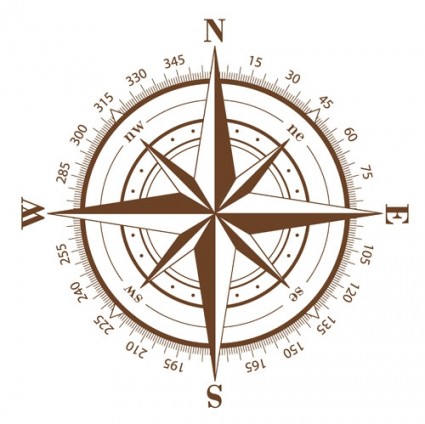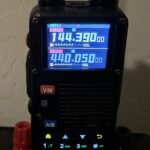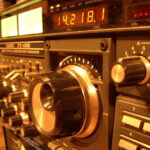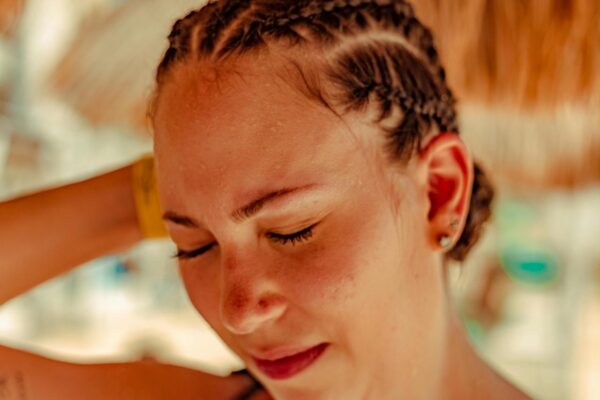How to Make Phone Calls without Cell Service
Have you ever been on the road with no services or other cars in sight, and your tire blew out? What if it were 2 tires, and you only have one spare? You step out to see which tires, and decide to call for service, and your cell phone has no service.













